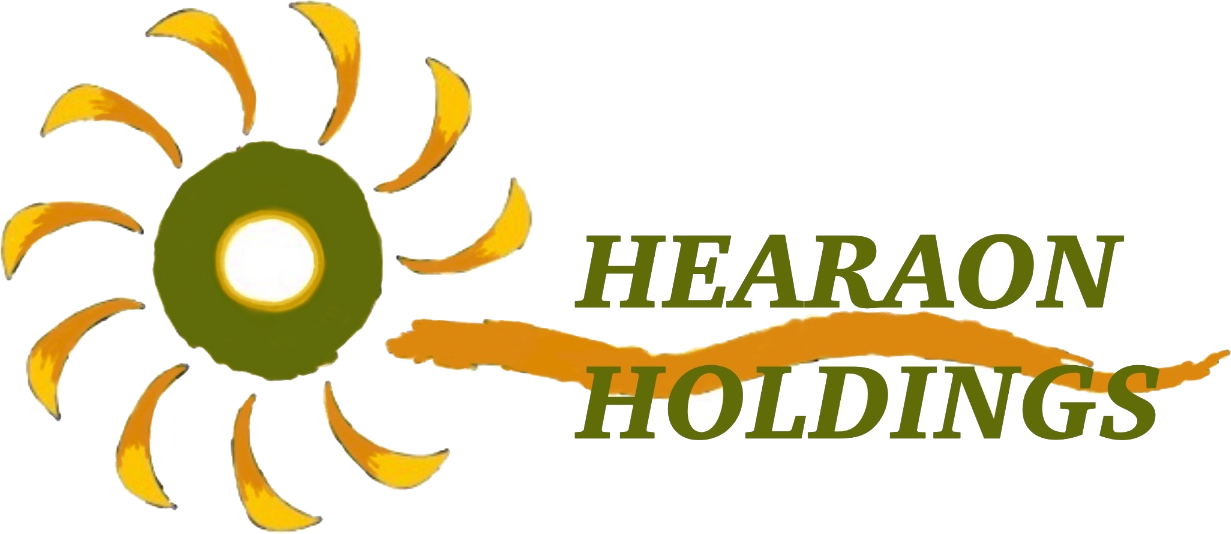Common Injuries Related with Occupational Incidents
Melisa
0
46
03.28 21:45
Workplace injuries can result in a wide range of injuries, which vary depending on the character of the job and the sort of accident.
Some of the most frequent injuries linked with job site accidents include strains and strains, lacerations and lacerations, broken bones, vision injuries, head injuries, and back injuries.
Strains and tears are among the most usual workplace injuries.
These occur when a worker overworks, causing either a tear or a tear in a muscle or a tendon.
This can be the outcome of a quick movement, carrying heavy objects, or conducting repeated tasks.
Depending on the severity, sprains and tears can lead to pain swelling, and restricted mobility.
Lacerations and lacerations are another common type of occupational injury, often {{caused|triggered|resulting from} sharp objects, {machinery|machines|equipment}, or {other|different|varied} hazards.
These {types|xkinds|forms} of injuries can {range|vary|diversify} from minor to severe, and can {lead|result in} {bleeding|hemo|hemorrhaging}, {infection|illness|disease}, or {even|also|possibly} {permanent|long-lasting|perma} scarring.
It is {essential|crucial|vital} for workers to take {precautions|cautions|warnings}, such as {wearing|donning|attiring} {protective|safety|defensive} gloves and clothing, and for {employers|managers|hiring managers} to provide a {safe|secure|secure} working environment.
{Fractures|Broken bones|Broken} {bones|limbs} can {result|outcome} from a {variety|assortment|diversity} of {workplace|job site|occupational} {accidents|incidents|injuries}, including {falls|trips|slips}, {crush|crush|impact} injuries, and {collisions|crashes|impacts}.
These {types|xkinds|forms} of injuries {require|need|call for} {immediate|prompt|rapid} medical {attention|aid|care}, and can {result|outcome} in {prolonged|extended|extended} periods of recovery.
{Prevention|Safety|Protection} measures include {using|utilizing|operating} {safety|protection|defensive} equipment, such as {helmets|hats|headgear} and {harnesses|restraints|security}, and {ensuring|guaranteeing|securing} that the {workplace|job site|occupational} is free from hazards.
{Eye|Vision} injuries can be {caused|triggered|resulting from} by {flying|moving} debris, {chemical|compound|substance} splashes, and other {forms|kinds|types} of {exposure|risk} or {contact|communication}.
These {types|xkinds|forms} of injuries can {lead|result in} {blurred|fuzzy} vision, {eye|vision} {pain|hurt}, and {even|also|possibly} {long-term|permanent|long-lasting} vision {loss|absence} or damage.
Workers should always {wearing|donning|attiring} {protective|safety|defensive} eyewear, and {employers|managers|hiring managers} should {ensure|guarantee|securing} that the {workplace|job site|occupational} is {well-ventilated|adequately ventilated}, and free from any hazardous materials or substances.
{Head|Brain} injuries can {range|vary|diversify} from {mild|light} {conussions|blows|trauma} to {severe|serious|profound} {brain|mental} {damage|harm}, and are often {caused|triggered|resulting from} by {falls|trips|slips}, {head|brain} trauma, or {explosions|accidents} or incidents.
It is {essential|crucial|vital} to {ensure|guarantee|securing} that workers {wear|donn|attire} protective headgear, such as {hard|heavy} hats and {safety|protection|defensive} harnesses, and that the {workplace|job site|occupational} is free from hazards that can {cause|lead to} head injuries.
{Back|herniated disk} injuries are {another|another|along with} {common|usual|frequent} {workplace|job site|occupational} injury, often {caused|triggered|resulting from} by {lifting|carrying|transporting} heavy objects, https://tapki.com/ru/domain/specodezhda-krasnodar.ru {poor|weak|unfavorable} posture, or {repetitive|repeated|continual} tasks or work activities.
These {types|xkinds|forms} of injuries can {lead|result in} {long-term|permanent|long-lasting} health problems, including {chronic|persistent|prolonged} back {pain|hurt}, and {even|also|possibly} permanently disabling the injured worker.
{Prevention|Safety|Protection} measures include {lifting|carrying|transporting} correctly, taking regular breaks, and using ergonomically designed equipment or tools.
{In|At|For} {conclusion|summation|summary}, {workplace|job site|occupational} {accidents|incidents|injuries} can {result|outcome} in a {range|variety|diversity} of injuries that are often preventable with proper {safety|protection|defensive} measures.
It is {essential|crucial|vital} for {employers|managers|hiring managers} to provide a {safe|secure|secure} working environment, for workers to take {precautions|cautions|warnings}, and for medical {professionals|experts|practitioners} to {provide|give|furnish} proper {care|aid|attention} and {treatment|cure|help} for those who get injured or hurt.
By {working|operating|cooperating} together, we can {reduce|lessen|minimize} the {risk|chance|hazard} of {workplace|job site|occupational} {accidents|incidents|injuries}, and {ensure|guarantee|securing} that workers stay safe and healthy on the job.
Some of the most frequent injuries linked with job site accidents include strains and strains, lacerations and lacerations, broken bones, vision injuries, head injuries, and back injuries.
Strains and tears are among the most usual workplace injuries.
These occur when a worker overworks, causing either a tear or a tear in a muscle or a tendon.
This can be the outcome of a quick movement, carrying heavy objects, or conducting repeated tasks.
Depending on the severity, sprains and tears can lead to pain swelling, and restricted mobility.
Lacerations and lacerations are another common type of occupational injury, often {{caused|triggered|resulting from} sharp objects, {machinery|machines|equipment}, or {other|different|varied} hazards.
These {types|xkinds|forms} of injuries can {range|vary|diversify} from minor to severe, and can {lead|result in} {bleeding|hemo|hemorrhaging}, {infection|illness|disease}, or {even|also|possibly} {permanent|long-lasting|perma} scarring.
It is {essential|crucial|vital} for workers to take {precautions|cautions|warnings}, such as {wearing|donning|attiring} {protective|safety|defensive} gloves and clothing, and for {employers|managers|hiring managers} to provide a {safe|secure|secure} working environment.
{Fractures|Broken bones|Broken} {bones|limbs} can {result|outcome} from a {variety|assortment|diversity} of {workplace|job site|occupational} {accidents|incidents|injuries}, including {falls|trips|slips}, {crush|crush|impact} injuries, and {collisions|crashes|impacts}.
These {types|xkinds|forms} of injuries {require|need|call for} {immediate|prompt|rapid} medical {attention|aid|care}, and can {result|outcome} in {prolonged|extended|extended} periods of recovery.
{Prevention|Safety|Protection} measures include {using|utilizing|operating} {safety|protection|defensive} equipment, such as {helmets|hats|headgear} and {harnesses|restraints|security}, and {ensuring|guaranteeing|securing} that the {workplace|job site|occupational} is free from hazards.
{Eye|Vision} injuries can be {caused|triggered|resulting from} by {flying|moving} debris, {chemical|compound|substance} splashes, and other {forms|kinds|types} of {exposure|risk} or {contact|communication}.
These {types|xkinds|forms} of injuries can {lead|result in} {blurred|fuzzy} vision, {eye|vision} {pain|hurt}, and {even|also|possibly} {long-term|permanent|long-lasting} vision {loss|absence} or damage.
Workers should always {wearing|donning|attiring} {protective|safety|defensive} eyewear, and {employers|managers|hiring managers} should {ensure|guarantee|securing} that the {workplace|job site|occupational} is {well-ventilated|adequately ventilated}, and free from any hazardous materials or substances.
{Head|Brain} injuries can {range|vary|diversify} from {mild|light} {conussions|blows|trauma} to {severe|serious|profound} {brain|mental} {damage|harm}, and are often {caused|triggered|resulting from} by {falls|trips|slips}, {head|brain} trauma, or {explosions|accidents} or incidents.
It is {essential|crucial|vital} to {ensure|guarantee|securing} that workers {wear|donn|attire} protective headgear, such as {hard|heavy} hats and {safety|protection|defensive} harnesses, and that the {workplace|job site|occupational} is free from hazards that can {cause|lead to} head injuries.
{Back|herniated disk} injuries are {another|another|along with} {common|usual|frequent} {workplace|job site|occupational} injury, often {caused|triggered|resulting from} by {lifting|carrying|transporting} heavy objects, https://tapki.com/ru/domain/specodezhda-krasnodar.ru {poor|weak|unfavorable} posture, or {repetitive|repeated|continual} tasks or work activities.
These {types|xkinds|forms} of injuries can {lead|result in} {long-term|permanent|long-lasting} health problems, including {chronic|persistent|prolonged} back {pain|hurt}, and {even|also|possibly} permanently disabling the injured worker.
{Prevention|Safety|Protection} measures include {lifting|carrying|transporting} correctly, taking regular breaks, and using ergonomically designed equipment or tools.
{In|At|For} {conclusion|summation|summary}, {workplace|job site|occupational} {accidents|incidents|injuries} can {result|outcome} in a {range|variety|diversity} of injuries that are often preventable with proper {safety|protection|defensive} measures.
It is {essential|crucial|vital} for {employers|managers|hiring managers} to provide a {safe|secure|secure} working environment, for workers to take {precautions|cautions|warnings}, and for medical {professionals|experts|practitioners} to {provide|give|furnish} proper {care|aid|attention} and {treatment|cure|help} for those who get injured or hurt.
By {working|operating|cooperating} together, we can {reduce|lessen|minimize} the {risk|chance|hazard} of {workplace|job site|occupational} {accidents|incidents|injuries}, and {ensure|guarantee|securing} that workers stay safe and healthy on the job.





